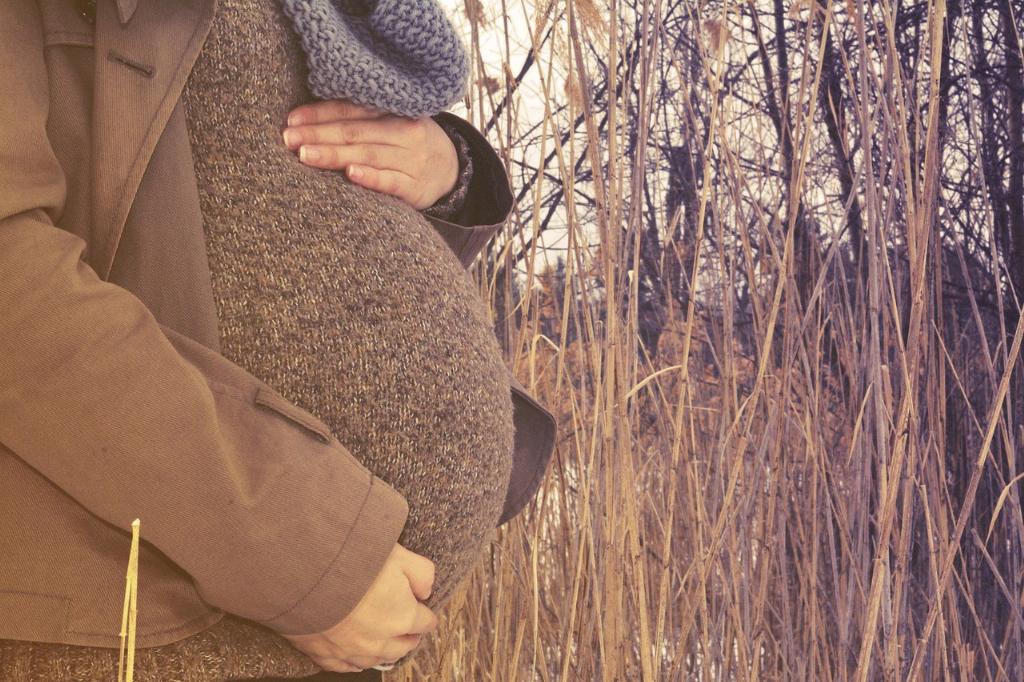When it comes to the reproductive cycle of kangaroos, there seems to be quite a bit of mystery surrounding the duration of their pregnancies. Many people assume that since kangaroos are mammals, their gestation period would be similar to that of other mammals, lasting several months. However, the reality is quite different and rather fascinating.
The Intriguing Biology of Kangaroo Reproduction
One of the most surprising facts about kangaroo pregnancies is the incredibly short duration of the gestation period. While most mammals carry their young for several months, kangaroos have a remarkably brief pregnancy lasting only about 28 days. This is a stark contrast to the typically longer gestation periods of other mammals.
The Unique Development of Baby Kangaroos
Unlike many mammals, kangaroos do not rely on a traditional placenta for the development of their young. Instead, baby kangaroos, known as joeys, undergo a unique journey of growth within their mother’s pouch after a very brief gestational period. This method of development sets kangaroos apart from other mammals and adds to the intrigue of their reproductive process.
The Significance of Kangaroo Pouches
The pouch of a female kangaroo serves as a vital incubation chamber for the developing joey. After the extremely short pregnancy, the tiny, underdeveloped joey crawls into its mother’s pouch, where it continues to grow and mature in a safe and protected environment. This close bond between mother and offspring is a key aspect of kangaroo reproduction.
The Role of Maternal Care in Kangaroo Reproduction
Maternal care plays a significant role in the reproductive success of kangaroos. The mother provides essential nutrients and warmth to the developing joey within her pouch, ensuring its survival and growth. This intimate form of parental care is a defining characteristic of kangaroo reproduction.
The Adaptations of Kangaroos to Their Environment
The short gestation period of kangaroos is thought to be an evolutionary adaptation to their harsh and unpredictable environment. By giving birth to relatively underdeveloped young after a brief pregnancy, kangaroos can quickly reproduce and replenish their population in response to changing conditions.
The Efficiency of Kangaroo Reproduction
The rapid reproductive cycle of kangaroos allows them to maintain stable populations and adapt to fluctuations in resources and environmental factors. By giving birth to young that can continue to develop in the safety of the pouch, kangaroos have evolved a highly efficient method of reproduction.
The Impact of Kangaroo Reproduction on Conservation
Understanding the unique reproductive biology of kangaroos is essential for conservation efforts aimed at preserving these iconic marsupials. By recognizing the importance of the pouch and the short gestational period, conservationists can develop strategies to protect kangaroo populations and their habitats.
Conclusion: The Marvels of Kangaroo Pregnancy
In conclusion, the pregnancy duration of kangaroos is a truly remarkable aspect of their biology. With a gestation period of only 28 days and the reliance on pouch development for their young, kangaroos demonstrate an incredible adaptation to their environment. By delving into the intricacies of kangaroo reproduction, we gain a deeper appreciation for the diversity and complexity of the natural world.

